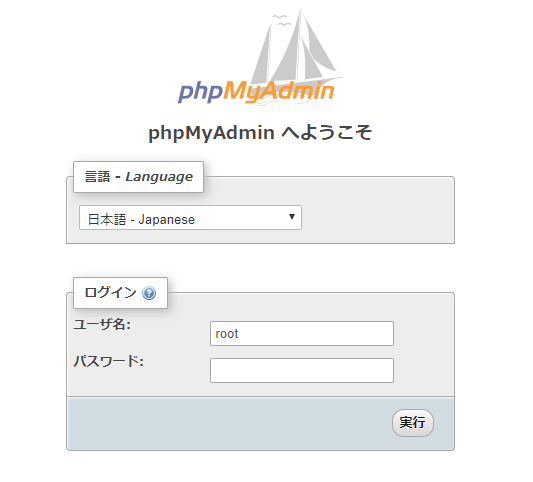
You retrieve it by connecting to it using the browser-based SSH terminal in the Lightsail console and running a special command. You may not use this file except in compliance with the License. Get the default Bitnami application and database password The default application and database password are stored on your instance. Django is a high-level Python web framework that encourages rapid development and clean, pragmatic design.

The respective trademarks mentioned in the offering are owned by the respective companies, and use of them does not imply any affiliation or endorsement.

Type the user name and the password you just acquired, then choose Log In. Choose the login link on the page to go to the log in page for the application on your instance. Then, click Save to save the new session so you can reuse it later. In the PuTTY configuration window, enter the host name or public IP address of your server into the Host Name (or IP address) field, as well as into the Saved Sessions field.
Aws bitnami djangostack default ssh user software#
Licensed under the Apache License, Version 2.0 (the "License") Trademarks: This software listing is packaged by Bitnami. The application information page contains the default user name and a link to the login page for the application on your instance. Step 3: Configure PuTTY Double-click the putty.exe file to bring up the PuTTY configuration window. If you have an issue related to one of our containers, please go to its specific repository in our GitHub organization and report an issue there. If you have an issue related to one of our charts, please go to the repository and report an issue there. Examples of these instance blueprints include WordPress, LAMP, Magento, and MEAN. When creating the public key, open it in puTTYgen and copy and paste (this will make the key to be formatted in one line along with a newline) it to your authorizedkeys. I am guessing it should be the puTTY bug which requires an extra newline character at the end of the key file. You can have important information about a Cloud provider: This article covers installing a standard Lets Encrypt SSL certificate (not a wildcard) for websites hosted in a Lightsail instance with a Bitnami stack. This looks like your public key file is got some issue. There is an updated documentation at where you can find tutorials and FAQs.

If the documentation didn't help you, we strongly suggest you to check the resolved issues and the on going ones before addressing an issue.
Aws bitnami djangostack default ssh user how to#
Popular applications, provided by Bitnami, ready to launch on:īefore continuing, please review our useful guides about how to configure and use your application in our documentation


 0 kommentar(er)
0 kommentar(er)
